If you’re looking to take your digital marketing efforts to the next level, then customer segmentation is a must-know strategy.
In this blog post, we’ll explore the concept of customer segmentation and its significance for any business striving to expand its consumer base.
We’ll investigate the various types of customer segmentation that exist and how they can be utilized to recognize your optimal client.
In addition, by developing buyer personas you can gain a better comprehension of what your customers require and customize your advertising approach as necessary.

What is Customer Segmentation?
Customer segmentation is a powerful tool for businesses to better understand their target audience and tailor their marketing strategies accordingly. Dividing customers into distinct categories according to common traits such as age, gender, area of residence, hobbies and buying habits is a way that businesses can employ for better comprehension of their desired demographic and align their promotional plans accordingly. This allows companies to create more targeted campaigns that speak directly to the needs of each customer segment.
Market segmentation is closely related to customer segmentation; however, it focuses more on creating segments based on product offerings or services rather than individual customers. By understanding what products are popular among different customer segments, businesses can adjust their product lines accordingly and increase sales opportunities.
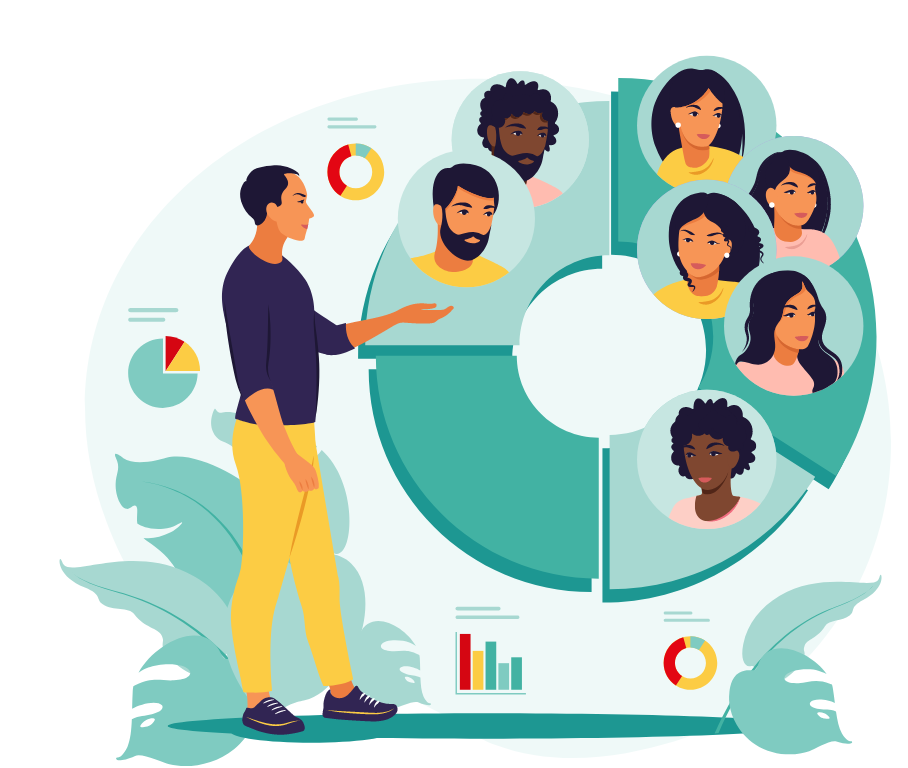
Ultimately, understanding what motivates each customer segment is essential for delivering content that resonates with them. This way, you can ensure every message sent out is pertinent in terms of both its substance and timing, thus avoiding the risk of flooding them with insignificant offers or promotions that they wouldn’t respond to anyway.
Why Should You Segment Your Customers ?
Segmentation is an essential tool for businesses that want to maximize their growth potential. By dividing customers into segments, you can create a more personalized experience and target the right message to the right people at the right time. This helps increase customer loyalty, reduce churn rate, and boost revenue through increased conversions.
Targeting
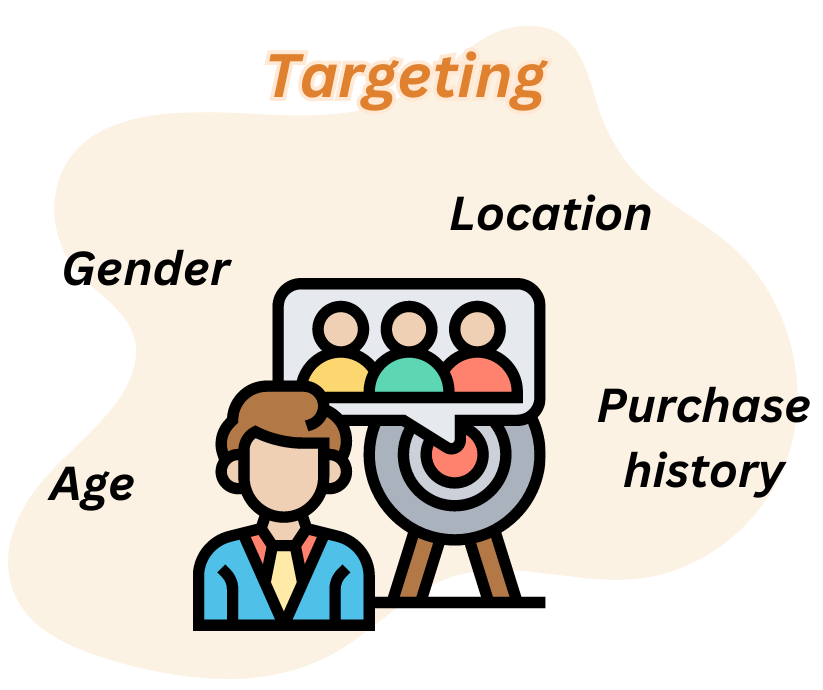
By segmenting your customers based on criteria such as age, gender, location, or purchase history, you can ensure that your marketing messages are tailored to each segment’s specific needs and interests.
This makes it easier to craft effective campaigns that will resonate with different types of audiences. For example, if you know that one segment prefers email communication while another response better to social media posts then you can adjust your strategy accordingly.
Analytics
Segmentation also allows businesses to track key metrics such as conversion rates and average order value for each customer group. Having this data enables marketers to identify which strategies are working best for each segment so they can optimize their efforts accordingly to achieve maximum ROI from their campaigns.
Personalization
With customer, segmentation comes personalization – something consumers increasingly expect when interacting with brands online today. When customers feel like they’re being spoken to directly too rather than receiving generic messages they become more engaged with your brand which leads them down the path towards becoming loyal advocates who continue coming back again and again over time. As per a report, more than 93 percent of users receive irrelevant marketing communications, and about 90 percent of customers become annoyed with such irrelevant messaging.
Relevancy
Last but certainly not least is relevancy; by understanding what drives each customer segment you can make sure every message sent out has relevance both in terms of content & timing so there’s no risk of bombarding them with irrelevant offers or promotions that won’t be acted upon anyway.
What Are the Types of Customer Segmentation ?
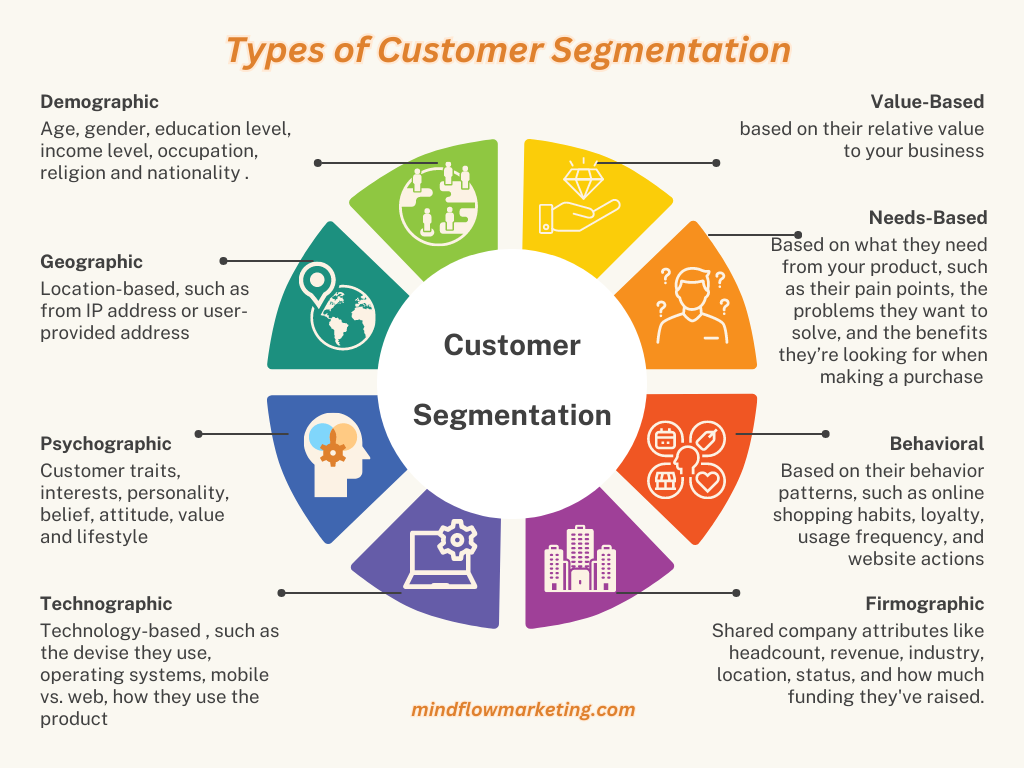
Demographic Segmentation Model
Demographic segmentation is the process of dividing a target audience into smaller groups based on certain demographic factors, such as age, gender, income level, occupation, and location. It’s an important part of any marketing strategy because it helps you tailor your message to specific audiences and create more effective campaigns.
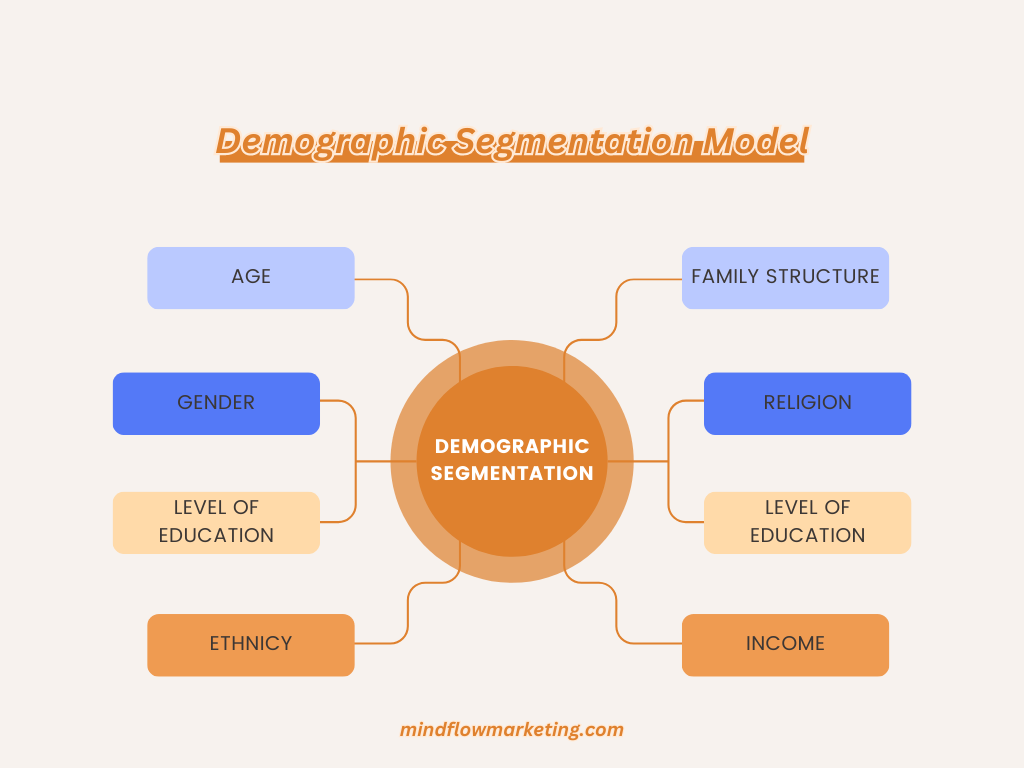
Using demographic segmentation can help you reach different types of customers with tailored messages that are more likely to resonate with them. For example, if you’re targeting men aged between 30 and 65 for a new product launch, using demographic segmentation will allow you to adjust your tone depending on which platform they use most often – Facebook or TikTok. You could also tailor ads specifically for each group by including images or language that resonates better with their age group. This approach ensures that everyone in your target market receives relevant content rather than generic messaging that may not be effective at all.
When using this model effectively it’s important to remember not to rely solely on demographics when creating campaigns; other techniques should also be used in conjunction with this model such as customer buying habits and values or where they live. Additionally, make sure not to make false assumptions about any particular segments – always do research first before making decisions about how best to target them. Finally, keep your brand voice consistent across all platforms so as not to lose sight of what makes your business unique from others in the marketplace.
Geographic Segmentation Model
Geographic segmentation is a popular marketing technique that divides customers into groups based on their location. It allows businesses to better understand the needs and wants of their target audience, as well as tailor their products and services accordingly. This type of customer segmentation analysis can be used in tandem with other models for a fuller picture of an audience.
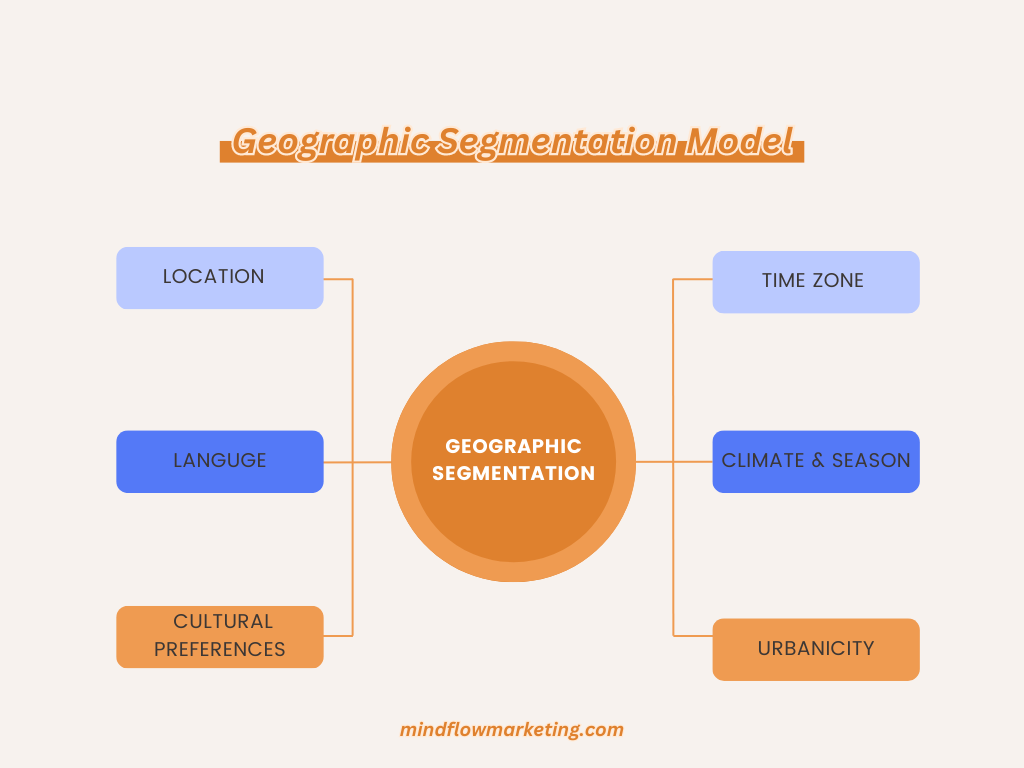
The main advantage of geographic segmentation is its simplicity; it’s easy to categorize audiences by where they work, live, or shop. It also offers exclusivity since the same product may not be available everywhere—McDonald’s menu varies by location—making each item more valuable and increasing conversions.
Unfortunately, this model doesn’t reveal much about an audience on its own; additional models should be used alongside geographic segmentation for further insights. Furthermore, some markets may have fewer options when it comes to targeting certain locations due to limited resources or lack of data availability.
Psychographic Segmentation
Psychographic segmentation is a powerful tool for targeting your marketing efforts. It helps you identify and understand customer traits, interests, and lifestyle choices so you can create more effective campaigns.
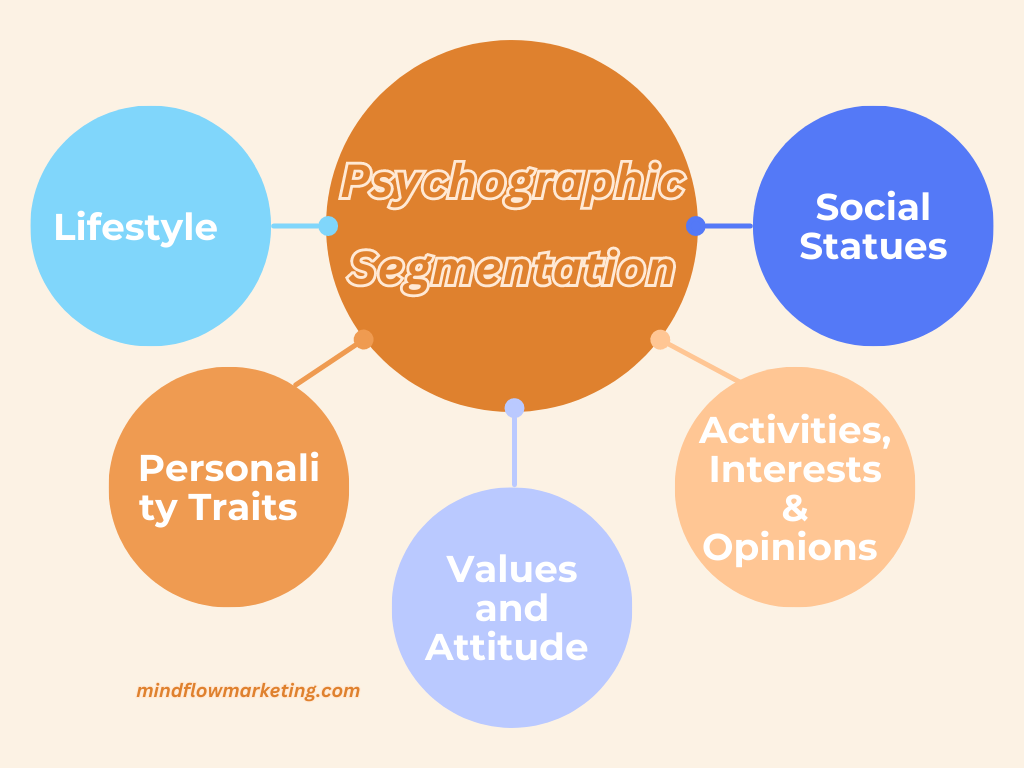
The first step in psychographic segmentation is gathering data about your customers. This could include surveys, polls, interviews, or focus groups to gain insight into their values and beliefs. You should also analyze existing customer data such as purchase history or website behavior to get an even better understanding of who they are and what motivates them.
Once you have the data collected it’s important to organize it to make sense of it all. You can use software programs like Microsoft Excel or Google Sheets to categorize customers based on common traits such as age, gender, income level, location, etc., which will help you form specific segments with similar characteristics that can be targeted effectively with relevant messaging.
After organizing the data into distinct segments you’ll be able to identify patterns among different types of customers that share similar interests or values – this is where psychographic segmentation comes in handy. For example, if your business specializes in outdoor apparel then you may want to target hikers vs. cyclists separately since they likely have different needs when shopping for clothing items related to their sport of choice.
With psychographic segmentation at your disposal creating highly personalized campaigns becomes much easier. By focusing on each group’s unique needs and preferences you can craft messages that resonate with them while still staying true to your brand message – something Patagonia does very well by emphasizing sustainability throughout its marketing efforts regardless of the activity type being promoted (hiking, cycling).
Technographic Segmentation
Technographic segmentation is the process of categorizing people based on the technology they use. This data can be used to optimize user experience (UX) and target customers effectively. Here’s how it works.
Start by identifying what tech your customers are using. For example, if you run a tech store, you might have Norton 360 subscribers as well as Avast Security for Mac users. By splitting your marketing campaign into two segments—one targeting each software group—you can send emails that speak directly to their needs and increase conversions.
Analytics can tell you even more about your audience’s preferences. Let’s say your Norton PC customers start looking at mobile antivirus solutions; this could be an opportunity to offer them a discount code like one from PCWorld or another trusted source. Anticipating what matters most to your customer base helps meet their needs and nurture them through checkout faster than ever before.
Though technographic segmentation offers valuable insights into customer behavior, it does have its limitations; knowing someone’s tech preferences isn’t enough to understand their entire buyer journey. That said, this marketing technique should still be part of any marketer’s toolbox when trying to reach out successfully to potential customers in today’s digital landscape.
Value-Based Segmentation
Value-based segmentation involves grouping customers based on their relative value to your business. This helps you identify which customers are most important and target them with highly personalized messages and offers. You can also use this method to determine the cost of retaining a customer so that you know whether it’s worth investing resources into keeping them around or not.
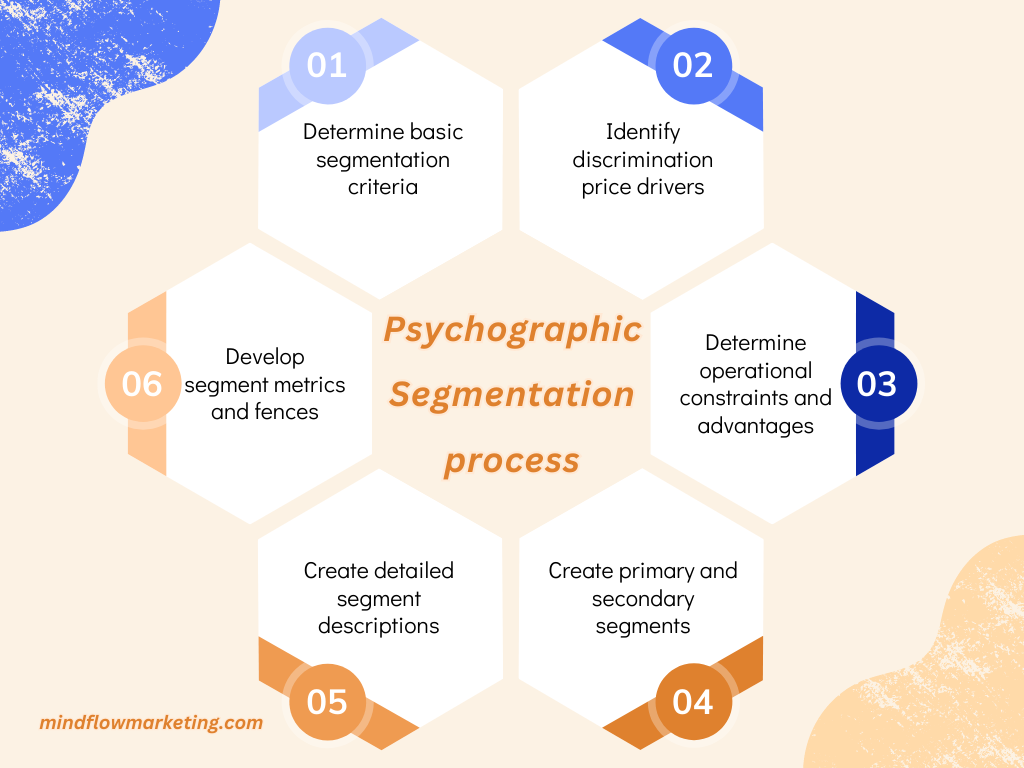
It matters because it can be up to seven times more expensive to acquire new customers than retain existing ones. Knowing who your most valuable clients allow you to direct marketing efforts toward them, ensuring they stay loyal and continue buying from you. Additionally, by targeting those with the highest LTV (lifetime value), you increase the chances of converting prospects into paying customers faster and easier.
Needs-Based Segmentation
Needs-based segmentation is a method of grouping customers based on what they need from your product. It involves understanding their pain points, the problems they want to solve, and the benefits they’re looking for when making a purchase. This helps you create marketing campaigns that are tailored to each customer segment.
Using needs-based segmentation allows you to market with greater accuracy than other methods such as targeting by age or location. It also allows you to build loyal customer relationships as it shows them that you understand their needs and wants. Plus, it can help increase conversions since prospects will be more likely to buy something if it solves their problem or meets their need in some way.
To make use of this type of segmentation, first identify your target audience and what drives them – such as health concerns, lifestyle choices, or convenience factors – then tailor your messaging accordingly. For example, if you’re selling food products consider whether some customers care about freshness while others might prefer vegan options so you can create two separate campaigns targeted at those segments respectively. Similarly, the Revolution Beauty store lets customers shop by skin concern and by ingredient which allows them to directly target consumers’ individual needs effectively
Behavioral Segmentation
Behavioral segmentation is a powerful tool for understanding how customers interact with your business. It involves grouping people based on their behavior patterns, allowing you to tailor marketing campaigns that meet customer needs at every stage of the buyer’s journey.
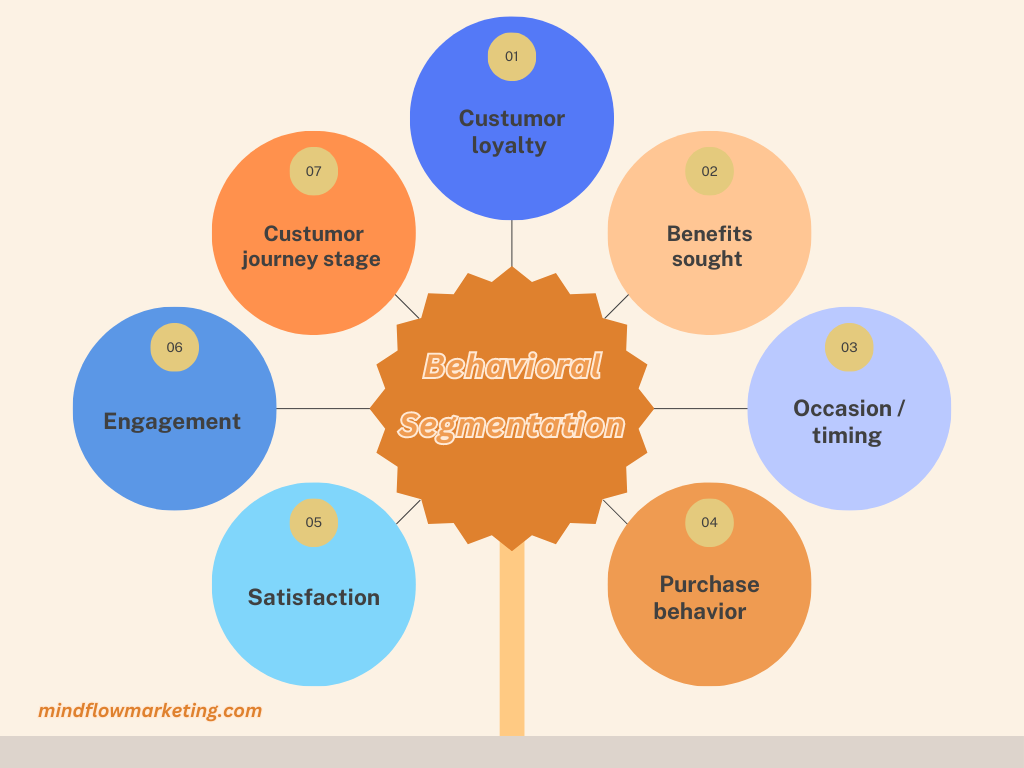
To start, identify the behavior patterns you want to track. This could include engagement level (active vs. infrequent customers), purchase frequency, or lifetime value. Once you have identified these groups, devise separate marketing campaigns tailored to each group’s needs and interests. For example, active customers might receive loyalty discounts while infrequent customers may be tempted back with exclusive offers. Once your campaigns are running, track analytics and adjust as needed until you get the desired results from each segmented group. Netflix is an excellent example of this in action – they use behavioral segmentation to ensure they always deliver content that meets customer demand across all 230 million subscribers.
The downside of using behavioral segmentation is that there’s always a chance algorithm can go wrong; however, if you track results diligently and respond quickly to any issues that arise then it should be possible to offset this risk factor significantly.
How to Know About Your Customers to Perform Customer Segmentation
Customer segmentation is an important part of any successful marketing strategy. It allows businesses to tailor their products and services to the needs of specific customer groups, making them more attractive and appealing. Knowing about your customers is the key to performing effective customer segmentation. Here are some tips on how you can get the information you need:
Surveys & Questionnaires
Surveys and questionnaires are a great way to collect detailed information from customers about their preferences, interests, demographics, etc. This data can then be used for creating customer segments based on common characteristics or traits that these customers share. Additionally, surveys can also help identify potential new markets or target audiences for your business’s products and services.
Analyzing Customer Behavior
By analyzing customer behavior through web analytics tools such as Google Analytics or Adobe Analytics, businesses can gain insights into how users interact with their website or app (e.g., what pages they visit most often). This data can then be used to create segments based on user activity patterns (e.g., frequent visitors vs. occasional visitors).
Social Media Listening
Social media listening involves monitoring conversations related to your brand across various social media platforms to understand what people think about it and what topics they’re discussing around it (e.g., product reviews). This data can provide valuable insights into customer preferences which could then be used for creating targeted campaigns aimed at specific segments of customers who have similar interests, needs, wants, etc.
Market Research Reports & Studies
Market research reports and studies conducted by third-party organizations provide valuable insights into consumer trends which could then be leveraged by businesses for creating effective customer segments based on current market conditions and consumer behavior preferences in those markets.
Customer Feedback & Reviews
Collecting feedback from existing customers via surveys, interviews, focus groups, etc. provides invaluable insight into how satisfied they are with the product service being offered as well as areas where improvements may need to be made for them to stay loyal. Such feedback should always be taken seriously as it helps shape future strategies when it comes to targeting different types of consumers within a given market segment.
How to Create Effective Customer Segments?
The key is to make sure each segment contains enough people for it to be viable from a marketing standpoint but not so many that the group becomes too generic or unspecific. Once you have identified the different segments of your audience, you can begin creating content specifically designed for them.
Understand Audience’s Needs & Preferences
Creating effective customer segments requires a thorough understanding of your target audience’s needs and preferences. To start, research your current customers to gain insight into their age, gender, location, interests, purchase behavior, etc. This data will help you create distinct customer segments that can be targeted with tailored content.
Craft Appropriate Content for Each Segment
When crafting content for each segment consider things like language usage and tone of voice as well as what topics are appropriate to them and how they prefer to receive information (e-mail newsletters vs. social media posts). You should also think about what type of imagery works best with this particular group – visuals play an important role in connecting with audiences on an emotional level.
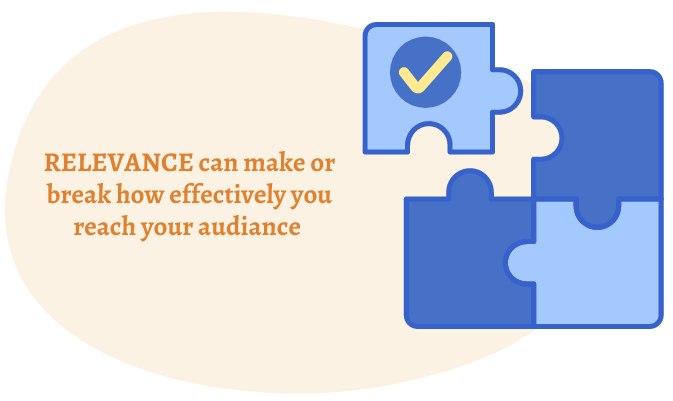
Identify Patterns
Another way to create effective customer segments is by looking at past purchases or interactions with your brand such as web visits or email open rates. This allows you to identify patterns between customers who respond positively or negatively towards certain messages and offers which can then be used when targeting new prospects within those same groups.
How to Optimize Content for Each Customer Segment?
Customer segmentation can be a useful technique for SEO, allowing advertisers to adjust their material to the particular requirements and tastes of each customer cluster. It’s important to consider how different segments interact with content in terms of length and format. For example, if one group prefers long-form articles while another likes short videos or infographics, then creating both types of content can be beneficial in reaching both groups effectively.
Research Relevant Keywords
To optimize your content for each customer segment, start by researching the keywords that are most relevant to them. This will help you create content that resonates with each segment’s interests and concerns. Additionally, make sure to use language that appeals to each group’s demographic; this could mean using more casual or formal language depending on the target audience.
Tailor Unique Messages Instead of Generic Messages
When optimizing for multiple customer segments at once, it’s important not to lose sight of who you’re writing for—each segment should have its unique message tailored specifically towards them instead of a generic message meant for everyone. As per research, about 71 percent of clients look forward to receiving personalized marketing messages from businesses, and 76 percent of customers get disappointed upon getting generic messages instead.
Break Large Topics into Smaller Topics
Consider breaking down larger topics into smaller subtopics so they appeal more directly to certain audiences; this way you can create targeted messages without having to sacrifice quality or relevancy across all customer segments at once.
Track Your Progress
Finally, track your progress when optimizing for multiple customer segments – this will allow you to identify which strategies are working best so that you can adjust accordingly and maximize results from your efforts. Measuring results such as page views per user or click-through rates (CTR) over time will give valuable insight into what works best with different demographics so that you know exactly where adjustments need to be made to get the maximum ROI from every piece created.
FAQs Concerning Customer Segmentation
Conclusion
If you are looking to enhance your marketing strategy, customer segmentation is your boon companion. By segmenting your clients, you can gain an understanding of the needs and wants of your potential clients. You can begin by estimating the customer segmentation models that are discussed above, and contemplate what suits best for your business’s target.